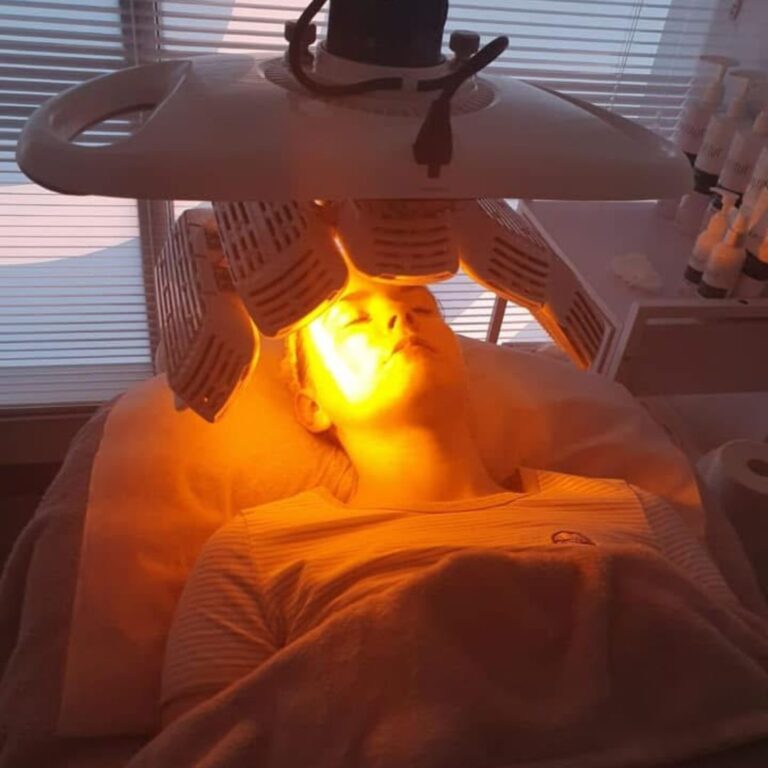
What is LED Technology?
Light Emitting Diode (LED) technology is a revolutionary form of lighting that uses semiconductors to emit light when an electric current passes through them. Unlike traditional incandescent or fluorescent bulbs, LEDs do not rely on filaments or gas to produce illumination. Instead, they operate through electroluminescence, making them more energy-efficient, durable, and versatile.
The Origins of LED Technology
LED technology was first developed in the early 20th century, but the real breakthrough came in 1962 when Nick Holonyak Jr., an American engineer working for General Electric, invented the first practical visible-spectrum LED. Initially, LEDs were used in simple applications such as indicator lights on electronic devices. Over the decades, advancements in LED technology have expanded their use into various industries, including healthcare, entertainment, and skincare.
How LED Technology Works
LEDs are composed of semiconductor materials that emit light when energized. This process occurs when electrons move through the semiconductor and release energy in the form of photons (light particles). The color of the emitted light depends on the materials used in the semiconductor. Different wavelengths of LED light serve various purposes, particularly in skincare, where specific wavelengths penetrate the skin at different depths to provide therapeutic benefits.
The Benefits of LED Therapy for Skin
LED light therapy has gained immense popularity in the skincare industry for its non-invasive and effective treatment of various skin concerns. It utilizes different wavelengths of light, including red, blue, green, and near-infrared, to target specific skin issues. Here’s how each type benefits the skin:
1. Red Light (620-700 nm) – Anti-Aging & Skin Rejuvenation
* Stimulates collagen and elastin production, reducing fine lines and wrinkles.
* Enhances skin elasticity and firmness.
* Improves blood circulation, resulting in a natural glow.
* Speeds up the healing process of damaged skin.
2. Blue Light (405-420 nm) – Acne Treatment
* Kills acne-causing bacteria (Propionibacterium acnes) to reduce breakouts.
* Helps regulate oil production, preventing clogged pores.
* Reduces inflammation and redness associated with acne.
3. Green Light (515-525 nm) – Pigmentation & Brightening
* Targets melanocytes to reduce hyperpigmentation, sunspots, and age spots.
* Evens out skin tone and improves overall radiance.
* Calms and soothes sensitive or irritated skin.
4. Near-Infrared Light (700-1200 nm) – Deep Tissue Healing
* Penetrates deeper into the skin, reaching the muscles and joints.
* Reduces inflammation and promotes wound healing.
* Improves lymphatic drainage and detoxification.
Why Choose LED Light Therapy?
Unlike other skin treatments that may require downtime or involve harsh chemicals, LED light therapy is completely non-invasive and painless. It is safe for all skin types and tones, with no risk of burns or irritation. Additionally, LED therapy can be combined with other skincare treatments to enhance their effects, making it a versatile and effective addition to any beauty regimen.
Conclusion
LED technology has evolved far beyond its initial use in electronic displays, emerging as a groundbreaking tool in skincare. With its ability to address concerns such as aging, acne, pigmentation, and overall skin health, LED light therapy offers a safe, effective, and scientifically backed solution for radiant skin. Whether used in professional treatments or at-home devices, this innovative technology continues to transform the way we care for our skin.
